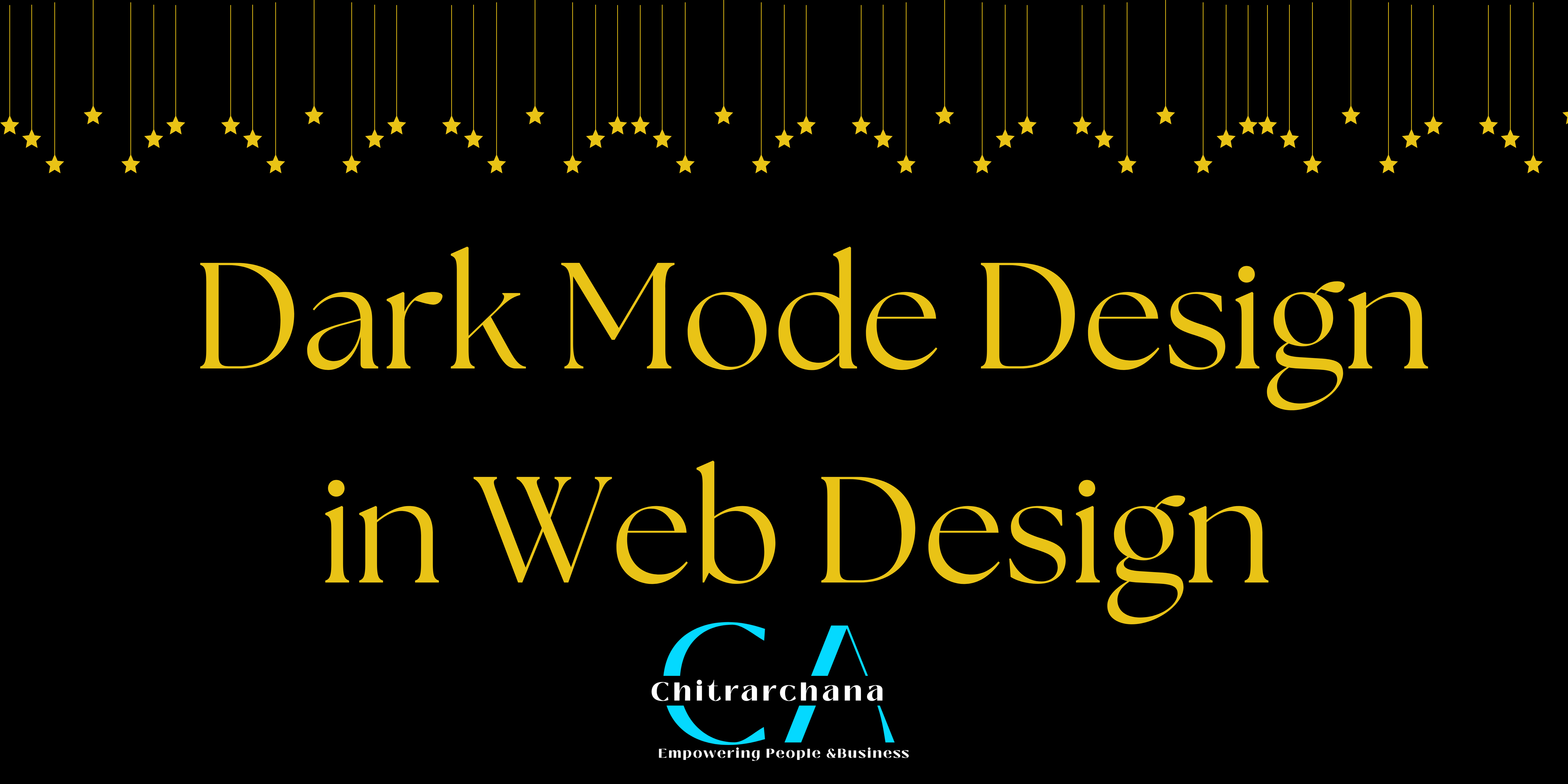
Dark mode design has become increasingly popular in recent years, with many websites, apps, and operating systems offering a dark mode option for users. The trend toward dark mode design is driven by several factors, including aesthetic appeal, improved readability, and potential energy savings on devices with OLED screens. In this blog, we’ll explore some of the key trends and best practices for dark mode design.
When designing for dark mode, it’s important to use high contrast colors to ensure that text and UI elements are easily readable. Use light-colored text on a dark background, and avoid using low-contrast color combinations.
In dark mode, it can be challenging to distinguish between different UI elements, especially when they are all similarly colored. To address this, consider emphasizing important elements with a different color or adding subtle highlights to make them stand out.
In dark mode design, color can be a powerful tool for creating visual interest, but it’s important to use it sparingly. Too much color can be overwhelming and distracting, especially in a dark environment.
In addition to color, grayscale and muted tones can also be effective in dark mode design. These colors can create a subtle, sophisticated look that is well-suited to a dark background.
Dark mode may not be appropriate for all types of content or contexts. For example, if you’re designing a website or app for a professional audience, a light mode may be more appropriate. Consider the context and audience when deciding whether to use dark mode.
As with any design, it’s important to test for accessibility in dark mode. Make sure that text and UI elements are easy to read and distinguish from each other, and consider testing with users who have visual impairments.
Dark mode design is a popular trend in interface design that involves using a dark color scheme for UI elements and text on a light or dark background. This design trend has gained popularity due to its numerous benefits, including improved readability, reduced eye strain, and better battery life on devices with OLED screens. In this blog, we’ll explore some of the key features and best practices for dark mode design.
In conclusion, dark mode design is a trend that is here to stay. By following best practices for high contrast colors, emphasizing important elements, using color sparingly, considering the context, and testing for accessibility, you can create a dark mode design that is both aesthetically pleasing and functional.